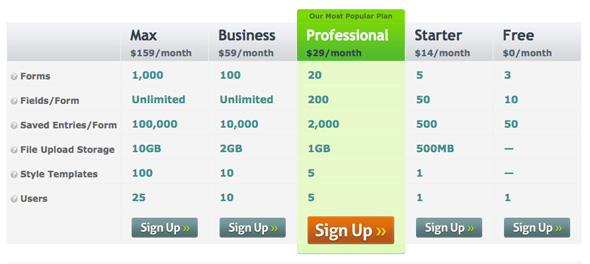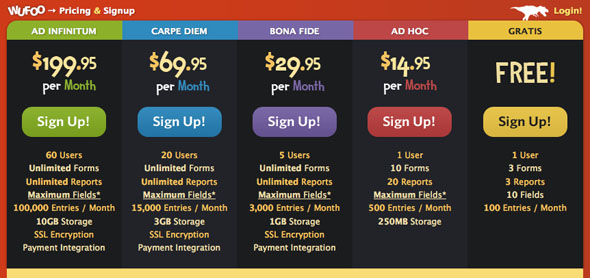
Buyers are a fickle bunch. Most consumers shop around. And nowadays the web has made every shopper, a savvy shopper. They can easily find coupons by checking out sites like Slickdeals. And they can compare prices of similar products and services relatively quickly.
As marketers, how do we convert these price conscious shoppers into happy purchasers?
Assuming you have a somewhat unique offering through a differentiation strategy, you must reshape their subconscious price bias.
There is an interesting concept in Neuro-Linguistic Programming (NLP) called anchoring. In short, people can become attached to a certain concept and retain that bias when making future decisions. This has huge implications for your offerings and pricing. And should be taken seriously when looking to successfully compete in your industry.
When a potential buyer becomes anchored to a price, breaking their preconceived price notions is difficult. Which is why you must create your own anchor. While this is easier said than done, it is possible.
The initial rule of thumb is the buyer will generally not choose the cheapest or most expensive offering. But rather they’ll choose the middle ground. The safe bet.
For example, the next time you head to a fine restaurant, watch an amateur wine enthusiast order wine. (background story: I worked one summer as a bartender in a classy restaurant) I bet they will pick the second cheapest wine. No matter what the price. Whether the glass costs $4 or $40, the lowest priced wine has anchored their bias. Thus making the second cheapest wine a good choice.
Apple and AT&T pull off anchoring amazingly well when offering 3G service for the iPad. They have two options. The base (anchor) is a pitiful 250mb priced at a reasonable $15. AT&T isn’t dumb. They know that anyone buying an iPad will require much more data usage than 250mb per month. But the anchor has been set. For only an additional $15 a month, your iPad will now have unlimited data usage… what a deal! Put in other words, AT&T realizes that the consumer has no other offerings to help compare these services. So by creating the feeble base offering, the iPad buyer becomes anchored to a minimum monthly price of $15. Therefore the slightly more expensive but hugely more valuable plan looks like a steal.
Price Tables
A price table is a very effective method for creating an anchor.
Knowing that website users read in an F-shape pattern. That buyers cannot easily compare your unique offerings to other companies. And that anyone can be swayed of previous biases. A pricing table is a great marketing strategy. But they must be constructed properly to be effective:
- Highlight the differences not the similarities in offerings
- List highest to lowest prices from left to right or top to bottom
- Create a middle-of-the-road, best deal offering
- The cheapest offering should be decent but not overly attractive
A few excellent examples of anchoring in price tables:
Basecamp
Form Stack
Harvest
Wufoo
These price tables are from websites. But you can definitely apply these same concepts to any print marketing collateral as well. Be sure to illustrate what makes your offering better than anyone else. And that your first price creates a subconscious anchor.
Conclusion
With some research and common sense, you can create a pricing structure based on anchoring. When pulled off correctly, you will see your sales grow and your higher priced offerings will become much more popular. I look forward to hearing your success stories! Good Luck!





